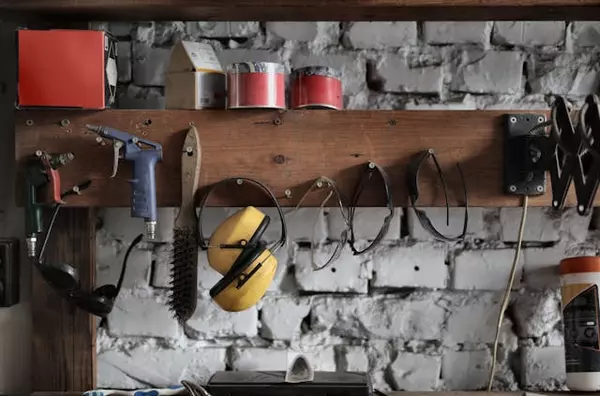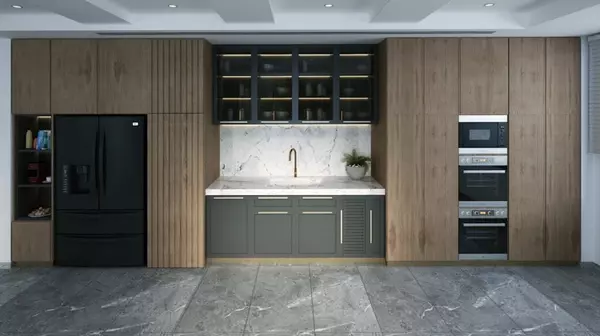
Categories
Recent Posts

Boosting Your Home’s Market Value by Remodeling Before Selling

How to Manage Home Staging Storage During Real Estate Sales

Seasonal Storage Hacks: Organizing Your Belongings for Optimal Space

Top Renovation Mistakes to Avoid When Moving into an Old Home

Essential Steps to Declutter Your Home Before Listing It for Sale

Planning Your Move: When Is the Best Time to Relocate to Ohio?

Creating Space for Relaxation With Bedroom Storage Ideas

Safety Measures for Artwork and Antiques During Commercial Relocation

Discovering Hidden Storage Potential in Your Living Space

Navigating Commercial Property Moves: Strategies for Businesses

"My job is to find and attract mastery-based agents to the office, protect the culture, and make sure everyone is happy! "
